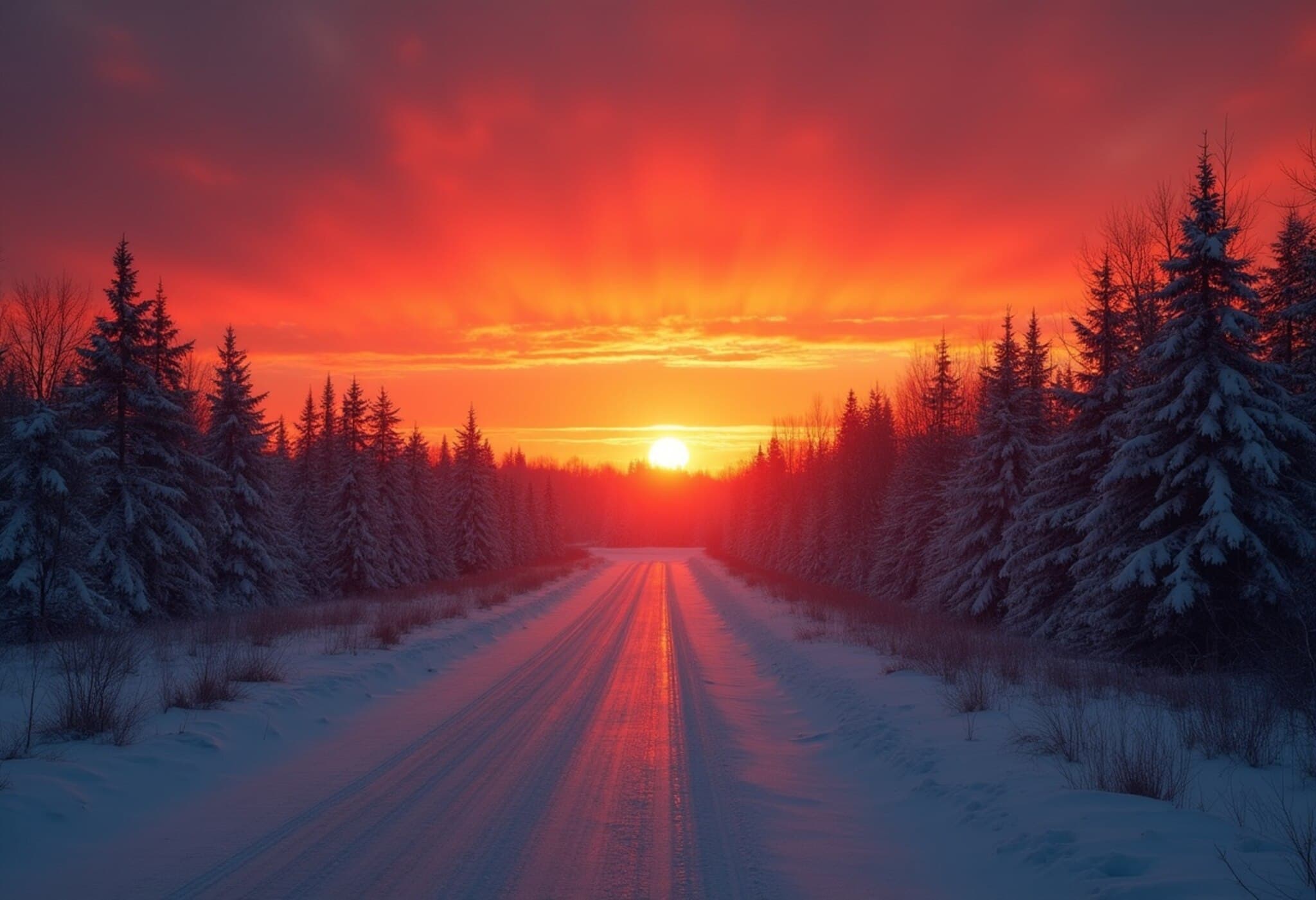Why Do Winter Sunsets Appear More Vibrant?
If you've ever paused to admire a winter sunset, you might have noticed the rich, vivid colors seem to stand out more than in other seasons. What makes these chilly evening skies so spectacular? The answer lies in a mix of atmospheric science and Earth's position relative to the Sun.
The Dance of Light and Color
Sunlight is actually a blend of various colors, each corresponding to different wavelengths. While it appears white to the naked eye, sunlight contains everything from fiery reds and oranges (long wavelengths) to cooler blues and purples (short wavelengths).
When sunlight filters through the atmosphere, molecules of nitrogen and oxygen scatter certain colors. Blue and violet light scatter more than red and orange, which explains why the daytime sky looks blue.
The Sun’s Journey Across the Sky
During midday, sunlight takes a relatively direct path through the atmosphere. But as the Sun nears the horizon at sunrise and sunset, its light travels through a thicker layer of air. This extended journey scatters away the shorter blue and violet wavelengths, leaving the longer red and orange hues dominant.
The tilted axis of the Earth accentuates this effect in winter. Because Earth’s axis is tilted about 23.5 degrees, the Sun sits lower in the sky during winter months, especially in the southern hemisphere. This means the Sun's light lingers closer to the horizon longer, intensifying the fiery glow of sunsets.
Clear Skies and Dry Air: The Perfect Recipe
Winter also brings lower humidity, reducing moisture in the air. Water droplets scatter sunlight differently and can dull the warm colors of a sunset. Dry air allows sunlight to pass through with less interference, making those reds and oranges appear sharper and more vivid.
Additionally, clear skies free from cloud cover and pollution allow the sunset’s colors to reach our eyes unobstructed, amplifying the visual impact.
When to Witness These Natural Masterpieces
For the most breathtaking winter sunsets, look for clear evenings with low humidity and minimal airborne particles. Equipped with this knowledge, next time you feel the chill of dusk, glance skyward—you might just catch a brilliant display of nature’s fiery artistry.












